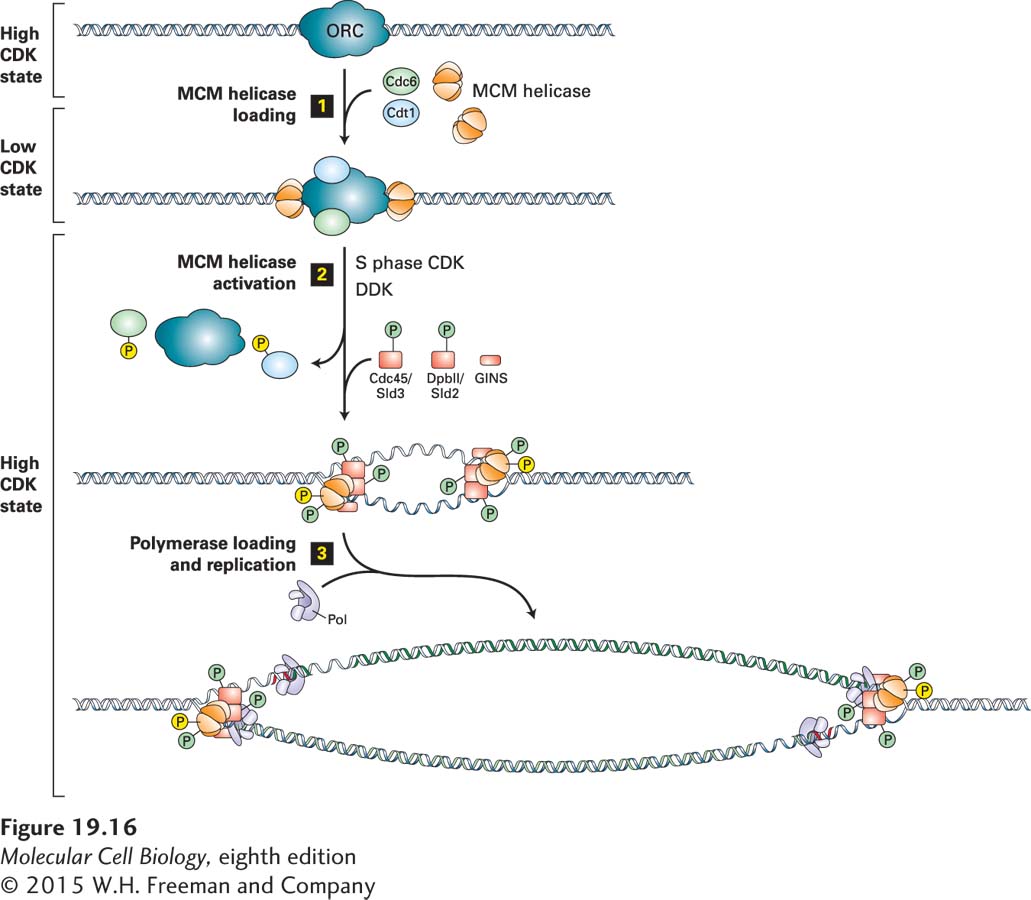
FIGURE 19- s— 5- s—